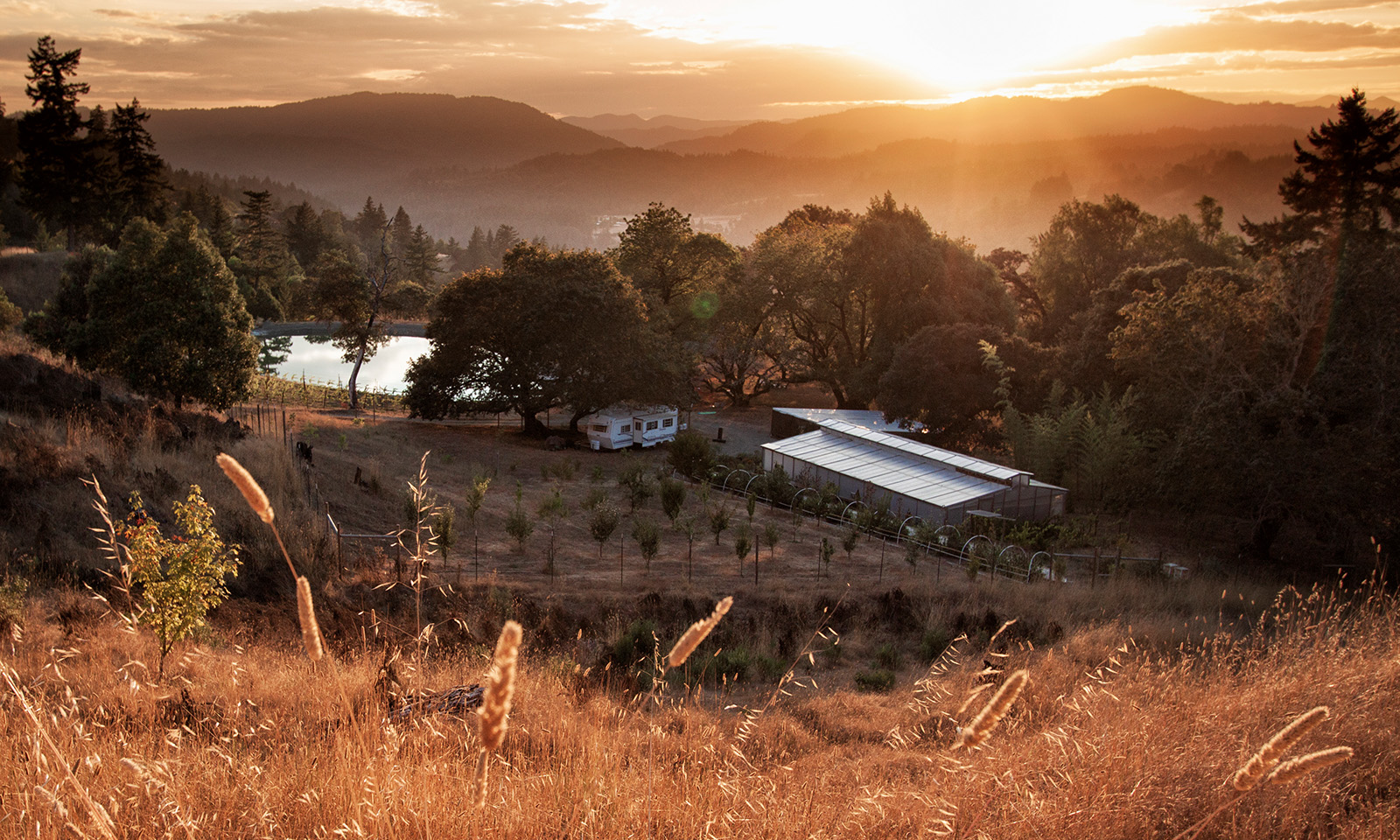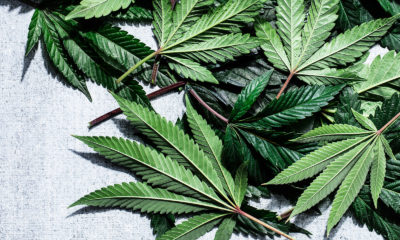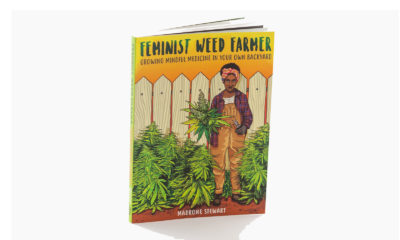Under the Humboldt Sun
Photographer Justin Cannabis shines a light on California’s regenerative pot farms in his book.
The cannabis farms of California’s Emerald Triangle are often cloaked in mystery, but a famed-photographer’s book is giving a glimpse into the world of cannabis farmers deep in the Humboldt hills. The book, “Sustainable Sun-Grown Cannabis,” is a celebration of outdoor cultivation from the photographer Justin McIvor, better known as Justin Cannabis.
Thanks to McIvor’s photos and emphasis on sustainable cultivation, the book is a visual guide to regenerative growing techniques like soil building, polyculture, solar panels and rainwater catchment.
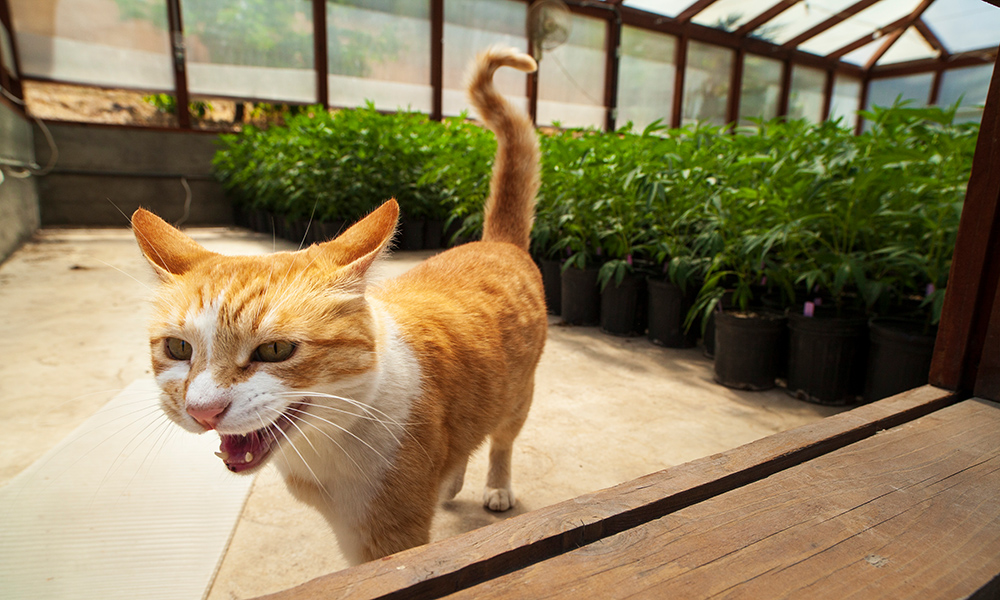
“Ultimately I made this book to shine a light on a few amazing cannabis cultivators in Southern Humboldt who are dedicated to protecting our valuable resources while producing premium quality cannabis products,” McIvor said in regards to Humboldt’s Finest Farms, the collective of farmers he spent time documenting in the heart of the Emerald Triangle.
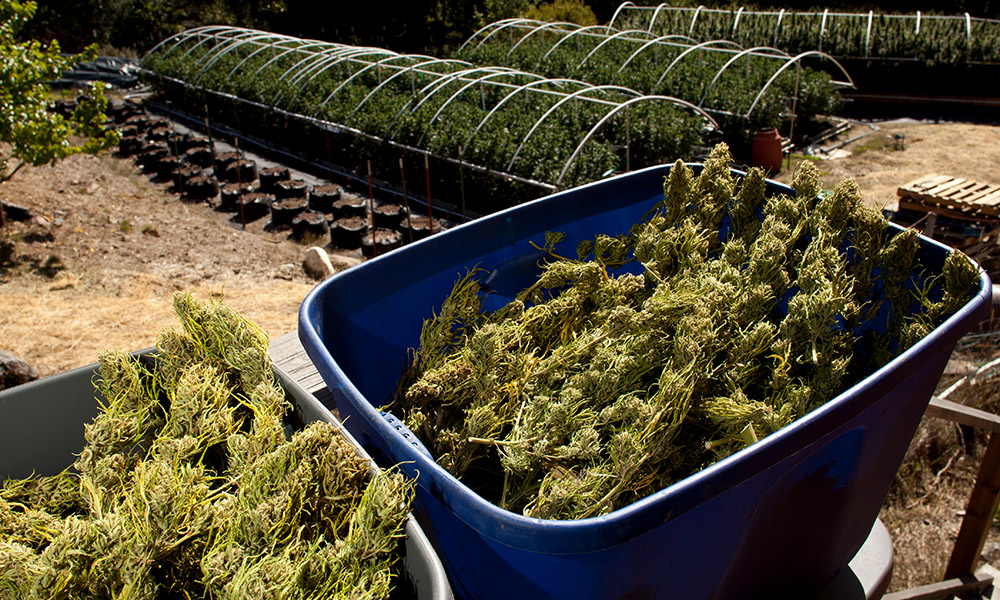
Through showing the benefits of biodiversity, raising awareness about the importance of healthy soil, and highlighting cannabis plants that have been sun-ripened to perfection and lovingly nurtured to reach their fullest potential, McIvor is hoping his book can introduce people to the beauty and variety that environmentally responsible practices can bring to the garden.
The book is an artistic celebration of stacking functions — a term used in permaculture to describe a system where every element in a design provides more than one function. For example, polyculture plays an important role in creating a diverse network of roots under the soil as well as making the landscape above ground more aesthetically pleasing and attractive to pollinators.
Full-page color photographs show thriving gardens full of bright orange marigolds, bold red zinnias and yellow sunflowers that provide vibrant pops of color against a sea of green. In one image titled “Conserving Water,” the gorgeous deep turquoise of a rainwater-filled pond in the foreground leads the eye up to a row of emerald green grapevines, rolling golden hills and an elegant Japanese-style handcrafted greenhouse.

In another photo, a stocky cola unexpectedly shoots up from the hood of a rusty old farm truck, glowing soft and golden in the late afternoon light. Another picture shows long, stringy clusters of yellow corn and purple amaranth standing tall next to an expanse of pointy spears backlit by the sun.
McIvor said he fell in love with photography because it helped him capture and engage with the beauty around him. After graduating from the Brooks Institute of Photography and working as a lab technician taking pictures of DNA blots, he followed his passion for skateboarding and landed a job as a photographer for Santa Cruz Skateboards, helping to elevate their magazine ads and catalogs. He transitioned from skateboarding to cannabis and, after many years as a cover photographer for High Times and other publications, he’s once again coming back to skateboard photography and is now focusing on the connection between the two worlds.
With family in Humboldt who’d been growing cannabis since the ’80s, McIvor said he had a natural connection to the Emerald Triangle and a familiarity with the scene before starting the book. His captions provide important context about what sets sungrown craft cannabis apart from the rest — most importantly, the awesome power of the sun.

“Energy usage in the indoor cannabis industry is growing at an alarming rate and giant warehouse producers are using a tremendous amount of power for their grows,” he says. “Those who grow in the sun know it’s the best way moving forward.”
For those who’ve only seen cannabis grown as a monoculture crop in a warehouse under artificial lights, this book provides a visually striking introduction to a whole new paradigm. It’s a tribute to the legendary Humboldt craft farmers who are continuing to show the world that by increasing biodiversity on your farm and working with the forces of nature, you can produce cannabis that is truly of the highest quality.



